Brenda Howard: Mother of Pride & Bisexual+ Rights Activist
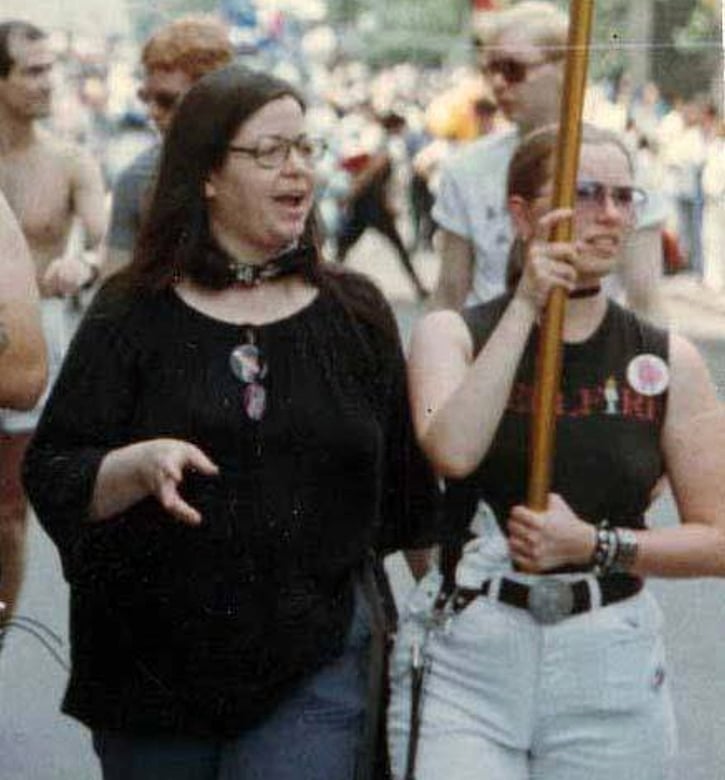
Brenda Howard (left) walks in an undated Pride march. (Source)
September 23, 2024 ~ By Shari Rose
Inspired by the Stonewall Uprising, Brenda Howard was a bold and brash bisexual+ rights activist who advocated on behalf of the entire queer community and organized the first Pride parade to earn her the name, “Mother of Pride”
Brenda Howard was a lifelong social justice activist dedicated to supporting the LGBTQ+ community, women, people of color, and other marginalized groups from the 1970s to 1990s. An out and proud bisexual woman with strong ties to feminist movements, Howard organized the first Pride parade with a small committee of friends one year after the Stonewall Uprising. Her ideas and influence on those early marches in New York City made Pride what it is now, which is why we call Howard the “Mother of Pride” today.
- Howard’s Early Activism in New York City
- Stonewall Inspires Brenda Howard to Organize First Pride Parade
- The Mother of Pride Agitates for LGBTQ+ Rights in New York & Beyond
- Fight for Bisexual Inclusion at 1993 March on Washington
- Howard’s Death & Legacy
Howard’s Early Activism in New York City
Born on December 24, 1946, Brenda Howard was raised in a Jewish family in the Bronx. After graduating from Syosset High School, she earned a degree in nursing from the Borough of Manhattan Community College, but life soon had other plans. Howard was drawn to the anti-war protests budding in the city and quickly became involved with groups organizing against the Vietnam War.
Over time, Howard grew frustrated and disillusioned with the male domination of the anti-war movement and sought other like-minded advocates in New York City. Her future partner, Larry Nelson, once described Howard as “an in-your-face activist” who “fought for anyone who had their rights trampled on.”

Brenda Howard at a Pride event in New York City. (Source)
Devoted to social justice in all its forms, Howard joined feminist and gay liberation groups that agitated for broader rights and protections for the LGBTQ+ community, women and other disenfranchised groups in the U.S. She also became a member of the Congregation Beit Simchat Torah, a progressive LGBTQ+ Jewish synagogue in Manhattan.
As an openly bisexual woman living at a time when bi+ identities were questioned, mocked and erased within the gay and lesbian rights movement, not to mention mainstream society, Brenda Howard was loud and proud. And she would only get louder in the wake of the Stonewall Uprising, organizing new marches and events that ultimately formed the cultural fabric of what Pride is today.
Stonewall Inspires Brenda Howard to Organize First Pride Parade
After a routine NYPD raid on the Stonewall Inn on June 28, 1969, the gay bar’s patrons refused to let authorities beat and arrest them again. They fought back, throwing bricks, stones, bottles and other debris at police. Officers were forced to retreat, and the gay liberation movement in New York finally saw momentum swing their way.
Howard had friends at Stonewall that night, and wanted to do something about it. First, she organized a one-month commemoration of the Stonewall Riots. Then she set her sights on planning a much larger march to mark the one-year anniversary.
- More stories: Why Is Bisexuality an Invisible Majority in the LGBTQ+ Community?
- More stories: How Lani Ka’ahumanu Propelled Bisexual+ Visibility
- More stories: What Daughters of Bilitis Achieved for Lesbian Rights in the U.S.
At the Oscar Wilde Memorial Bookshop on Christopher Street, Brenda Howard met with L. Craig Schoonmaker, Robert A. Martin, and other queer activists to organize the first parade of its kind. They planned the Christopher Street Liberation Day March for June 28 for the following year.
Howard then had an idea for planning a week-long event around the march to not just mark what happened at Stonewall, but to also visibly celebrate the LGBTQ+ community in the city. Schoonmaker coined the term “Pride,” and the committee decided to call Howard’s idea “Gay Pride Week.”
New York City’s first Pride parade, then known as the Christopher Street Liberation Day March, started at 2pm in Greenwich Village. The parade began with a group of people, including Howard, a little unsure of when and how to start marching. But as they headed toward Central Park, their numbers grew.
By the time marchers reached their destination, the Christopher Street Liberation Day March attracted thousands of participants. Along with other dedicated queer activists in the city, Brenda Howard, the “Mother of Pride,” successfully launched the first Pride parade in the U.S. and laid the groundwork for future Pride celebrations for generations to come.
The Mother of Pride Agitates for LGBTQ+ Rights in New York & Beyond
For the next 30 years, Howard dutifully worked on behalf of queer New Yorkers through her activism work. In 1986, she helped advise the city’s new gay rights laws through her work with the Coalition for Lesbian and Gay Rights. The following year, she co-founded the New York Area Bisexual Network, a bi-friendly group that provides resources and support to queer New Yorkers.
Howard also took leadership roles in various bi+ organizations, including BiPAC and BiNet USA, and co-facilitated the Bisexual S/M Discussion Group. Polyamorous and kink-positive, Howard was also “avidly involved” in the National Leather Association’s local chapter in the 1980s.
- More stories: Crystal LaBeija: Iconic Drag Queen Who Established House System
- More stories: Why Are So Many Bisexual+ Women Sexually Assaulted?
- More stories: Amelio Robles Avila: Trans Man Who Fought in Mexican Revolution
In 1991, Brenda Howard was arrested in Georgia while protesting alongside ACT UP after a lesbian employee in the state’s AG office was fired for being gay. Howard’s friend, Marla R. Stevens, was also arrested. Stevens later recalled being in jail with Howard, who was trying to convince the officers to let them go. She said that Howard was “being as much a pain in the rear as possible so they’d not want to hold us any longer than absolutely necessary” by reading aloud steamy romance novels to the authorities.
In the end, the officers let Stevens go first, and Howard followed close behind.
Fight for Bisexual+ Inclusion at 1993 March on Washington
Along with Lani Ka’ahumanu and other activist contemporaries, Brenda Howard fought hard for the inclusion the bisexual identity in 1993’s annual March on Washington for Lesbian and Gay Rights. Mostly through national letter-writing campaigns, she and other bi+ advocates successfully lobbied march organizers to officially change the name to the “1993 March on Washington For Lesbian, Gay, Bi Equal Rights and Liberation.
In 1994, Howard met a man named Larry Nelson at an outreach event. They fell in love and remained together until her death. During their relationship, Nelson gave Howard the famous button that is unapologetically Brenda through and through. It reads: “Bi, Poly, Switch — I know what I want.”
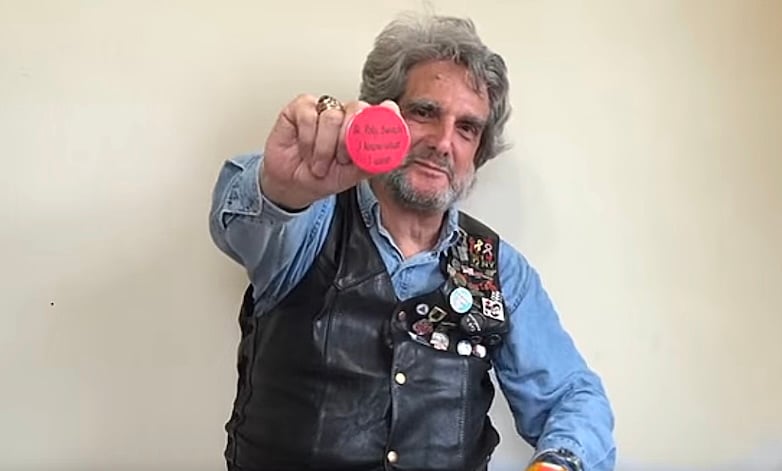
Larry Nelson holds up the button that he gave Howard in a 2015 video for #StillBisexual. It says “Bi, Poly, Switch — I know what I want.” (Source)
Howard continued her queer and bisexual+ activism into the 1990s. She was chair of the Gay Activists Alliance’s Speakers Bureau, a member of the Gay Liberation Front, served on the Steering Committee of Stonewall 25, and was an outspoken advocate for those living with HIV/AIDS.
- More stories: Otherside Lounge Bombing: 1997 Attack on Atlanta Lesbian Bar
- More stories: Zazu Nova’s Legacy at Stonewall Deserves Recognition
- More stories: These Corporations Don a Rainbow Flag & Donate to Anti-LGBTQ+ Lawmakers
Howard’s Death & Legacy
On June 28, 2005, exactly 36 years after the first Pride parade she organized, Brenda Howard died from colon cancer. She was 58 years old.
A friend of Howard’s, a man named David Feinberg, pointed out the significance of these dates on her memorial site. With regard to the 36-year mark, Feinburg wrote:
“Brenda would have readily recognized that 36 is a multiple of 18. In Jewish numerology, 18 is equivalent to the Hebrew word ‘Chai’, which means ‘alive.’ Now if you consider that 36 is 2 times 18, and that the prefix for the number two is ‘bi’, as in bi-coastal or bi-lateral, or, more appropriately, bi-SEXUAL, we can see very clearly that, on the mystical level of reality, Brenda lived the complete Bi life.”
The same year of Howard’s death, PFLAG’s Queens branch created a new award in her memory called the “Brenda Howard Memorial Award.” It is an annual award that recognizes individuals who best exemplify the values that Howard believed in. When it was established in 2005, it was the first award given out by a U.S.-based LGBTQ+ organization that was named after a bi+ person.
In 2019, Brenda Howard, the Mother of Pride, was inducted into the National LGBTQ Wall of Honor at the Stonewall National Monument, still standing there on Christopher Street where all this began at the catalyst of queer liberation 50 years earlier.
- More stories: How To Find LGBTQ+ Friends & Your Own Community
- More stories: Dykes on Bikes & Gay Motorcycle Clubs in the U.S.
- More stories: Corporations Embolden Hate When They Cave to Anti-LGBTQ+ Fury

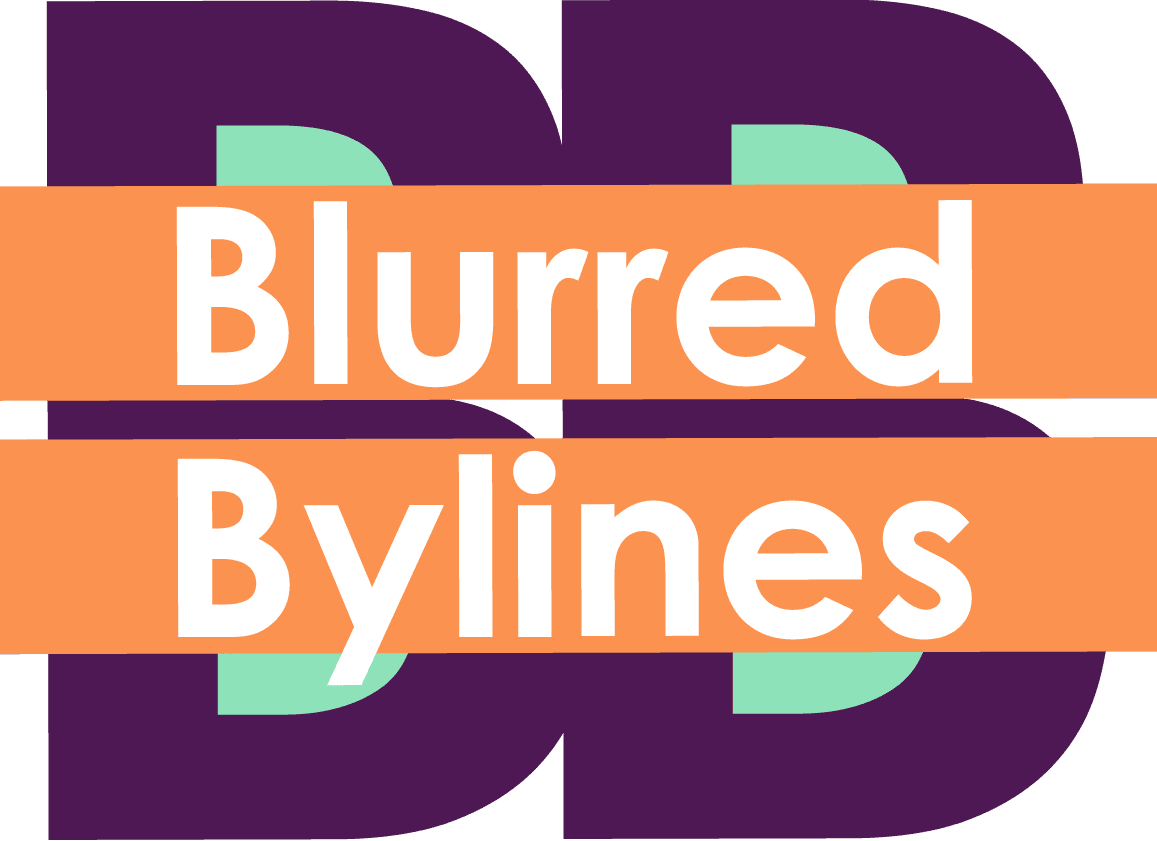
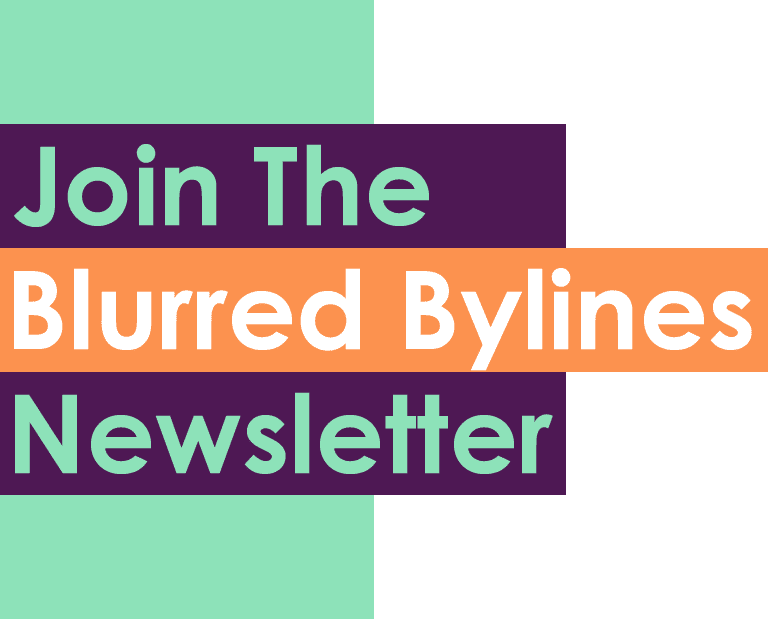


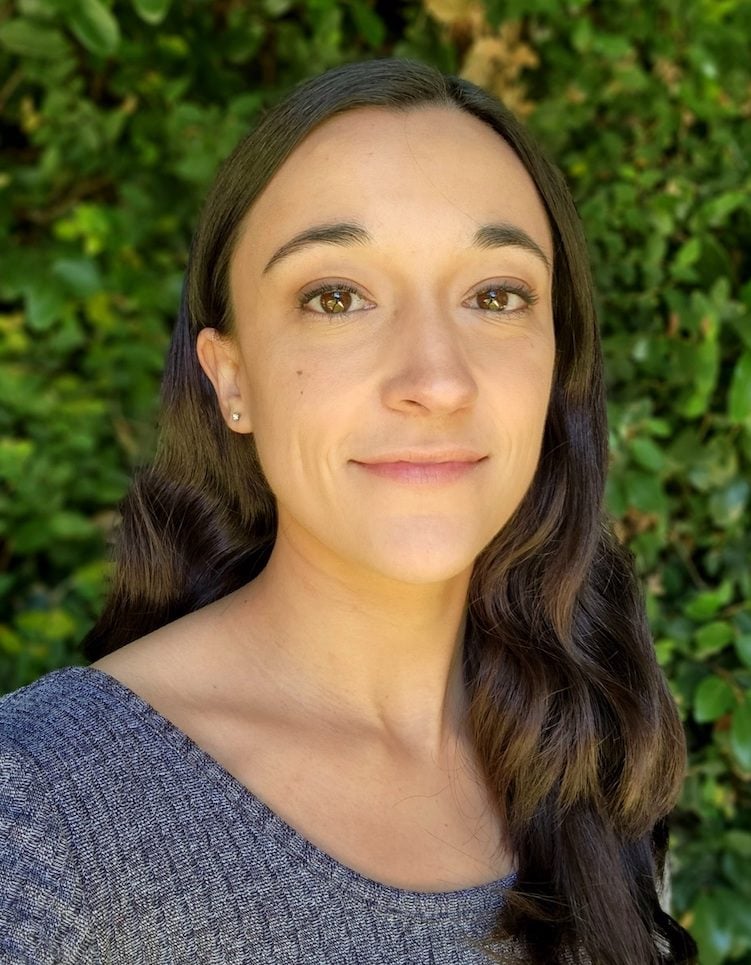
0 Comments